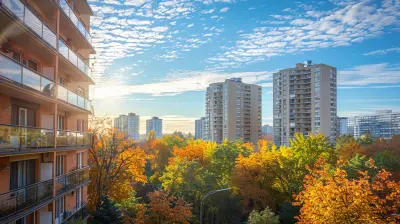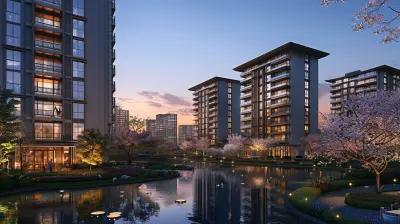How Urban Planning Shapes the Future of Real Estate
24 August 2025
When you think about real estate, what’s the first thing that comes to mind? Maybe it's the price tag, location, or square footage. But have you ever considered how the layout of a city — the zoning, infrastructure, public spaces, and transit systems — influences where people want to live or invest? That’s the power of urban planning, and trust me, it’s the engine quietly shaping the real estate market of tomorrow.
Urban planning isn’t just about drawing pretty maps or deciding where the next park goes. It’s a complex, strategic process that determines how cities grow, how people move around, and ultimately, where demand for property skyrockets or plummets.
In this article, we’re diving deep into how urban planning shapes the future of real estate, why it should matter to investors, homeowners, and developers, and how it’s transforming the way we live and invest in cities.
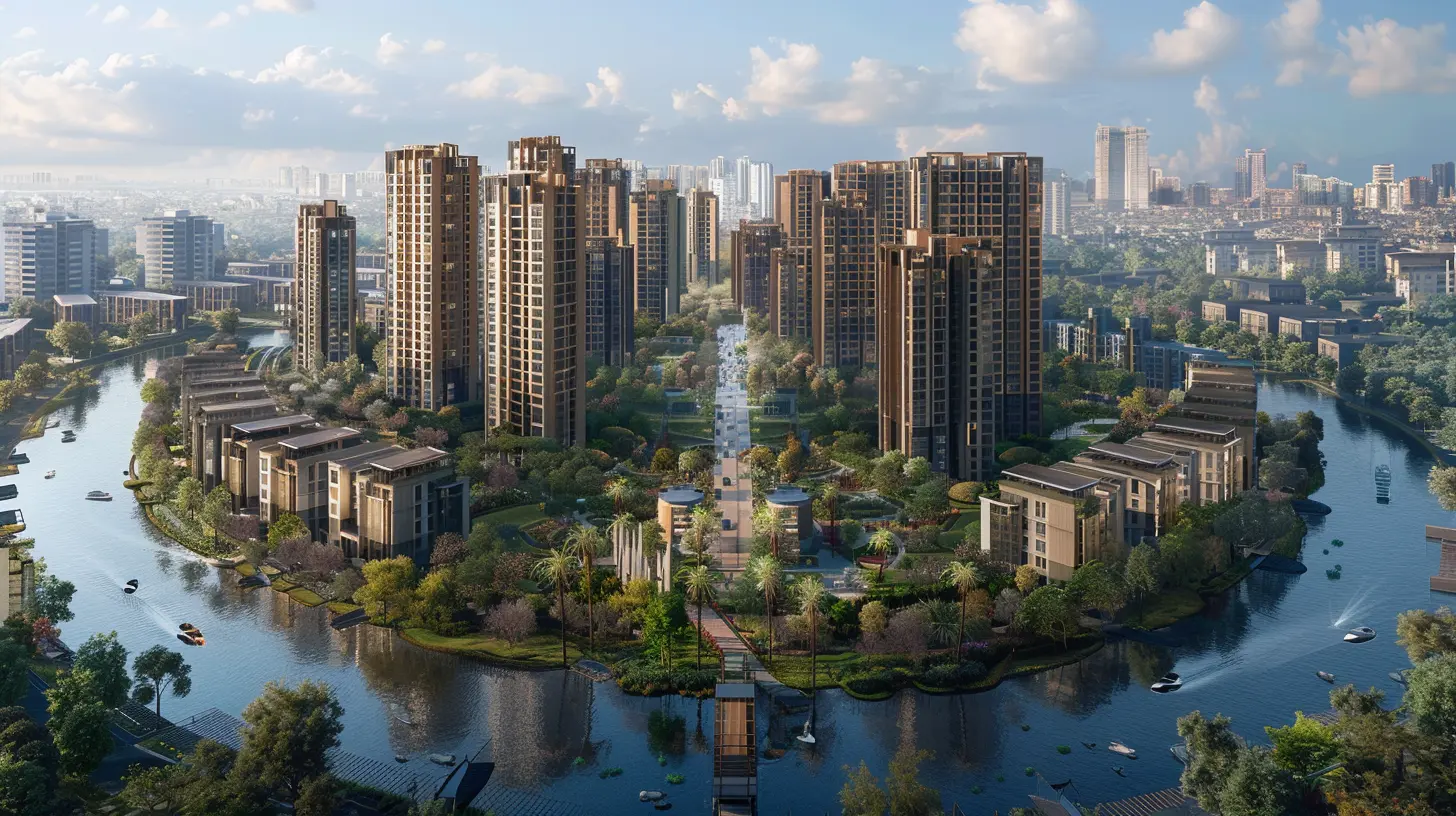
What Exactly is Urban Planning?
Alright, before we dive into the juicy stuff, let’s break down what urban planning actually means.Urban planning is the process of designing and organizing a city's structure — from transportation systems and utilities to zoning laws and green spaces. It’s like the blueprint for a city’s evolution. Urban planners don’t just think about what buildings go where — they think about people: how we live, work, commute, and interact.
And let’s be honest: a well-planned urban area feels seamless. You’ve got easy access to amenities, traffic flows (relatively) smoothly, public transportation is reliable, and there's a balanced mix of commercial and residential hubs. All of that creates fertile ground for real estate opportunities.
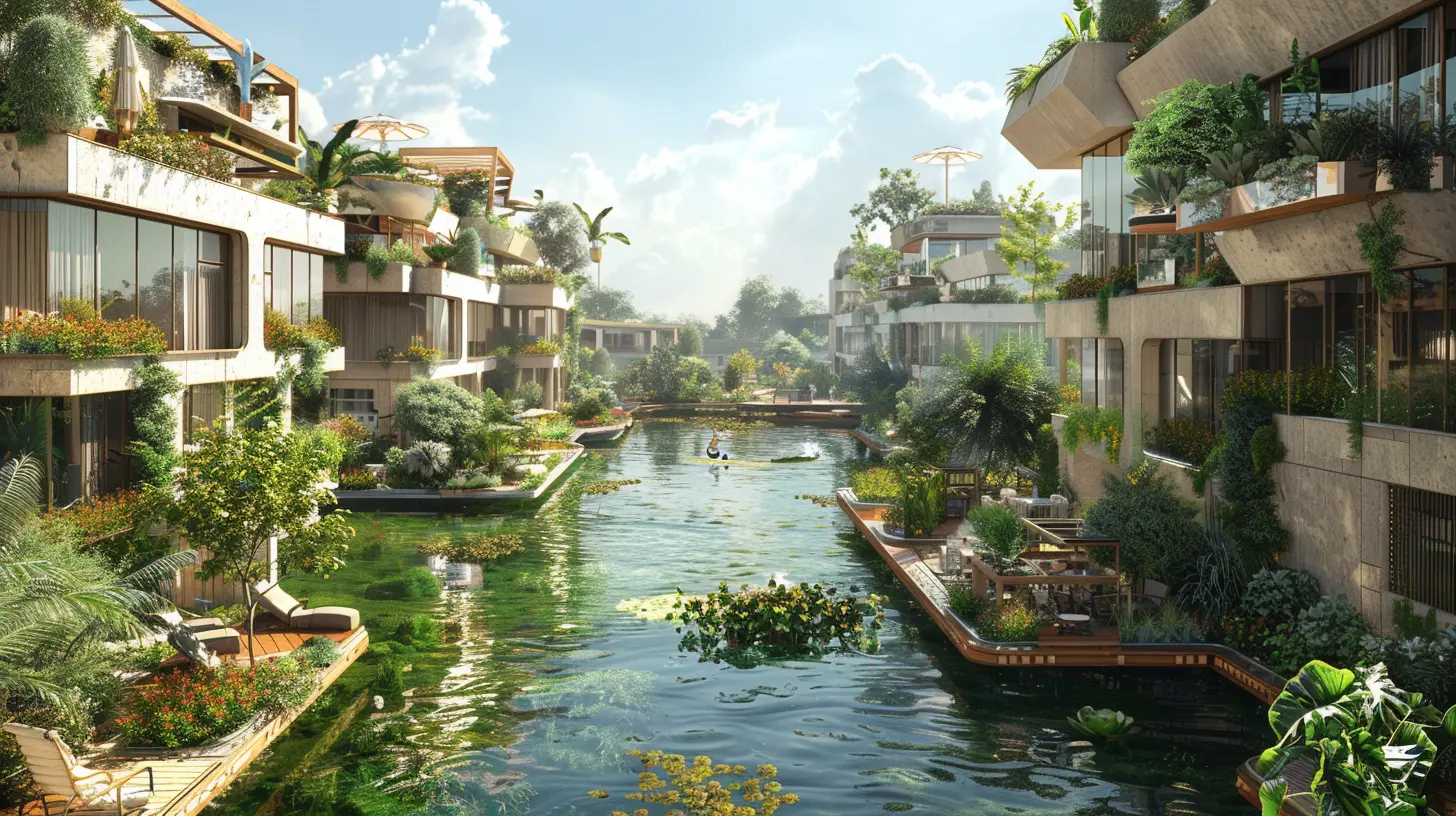
The Real Estate-Urban Planning Connection
So, what does all this have to do with real estate?Everything.
Let’s look at five of the biggest ways urban planning impacts real estate:
1. Land Use & Zoning Dictate Value
Ever notice how two houses on opposite sides of town can be the same size, but wildly different in price? That’s zoning and land use at work.Urban planners use zoning laws to separate residential, commercial, and industrial areas. These laws heavily influence property value. For example, rezoning a neighborhood from industrial to residential can skyrocket demand — and property prices. Suddenly, that old warehouse district becomes a goldmine for loft-style condos and trendy restaurants.
2. Infrastructure Drives Growth
Imagine trying to sell a beautiful home in a neighborhood with no running water, cracked roads, and zero Wi-Fi. Not happening, right?That’s why infrastructure investments — roads, water systems, power grids, and internet connectivity — are critical. Urban planners prioritize infrastructure, which directly affects which areas attract development and which get left behind. When a city invests in infrastructure, real estate developers follow quickly behind.
Think of it like laying the tracks before the train — infrastructure is the foundation, and real estate is the boom that follows.
3. Transit-Oriented Development (TOD) Is a Game Changer
These days, being close to good transit is almost better than granite countertops or a walk-in closet. In fact, proximity to public transportation can significantly boost property value.That’s why urban planners focus heavily on developing around transit hubs — called Transit-Oriented Development (TOD). These hubs become magnets for mixed-use buildings, walkable neighborhoods, and vibrant communities.
Moreover, TOD isn’t just about convenience — it's about sustainability, reduced traffic congestion, and giving people back their time. And in real estate, time is money.
4. Green Spaces Add Serious Value
Parks, trails, urban forests — they’re more than just pretty to look at. They play a massive role in shaping real estate trends.Urban planning that integrates green space makes neighborhoods more desirable. A view of a park can add thousands to a property’s price tag. It also promotes mental health, boosts physical activity, and improves air quality — all things that make people want to stay in an area long term.
In short, Mother Nature sells.
5. Smart Cities Are the Future
Urban planners are now using technology to plan “smart cities.” These cities use data and tech to optimize everything from traffic flow and energy use to waste management and public safety.What does that mean for real estate? Massive opportunity.
Homes in smart cities are often equipped with high-speed internet, smart appliances, and better energy efficiency. Developers who adapt to these futuristic features will lead the pack. Buyers will pay more for homes that align with these smarter, more connected lifestyles.
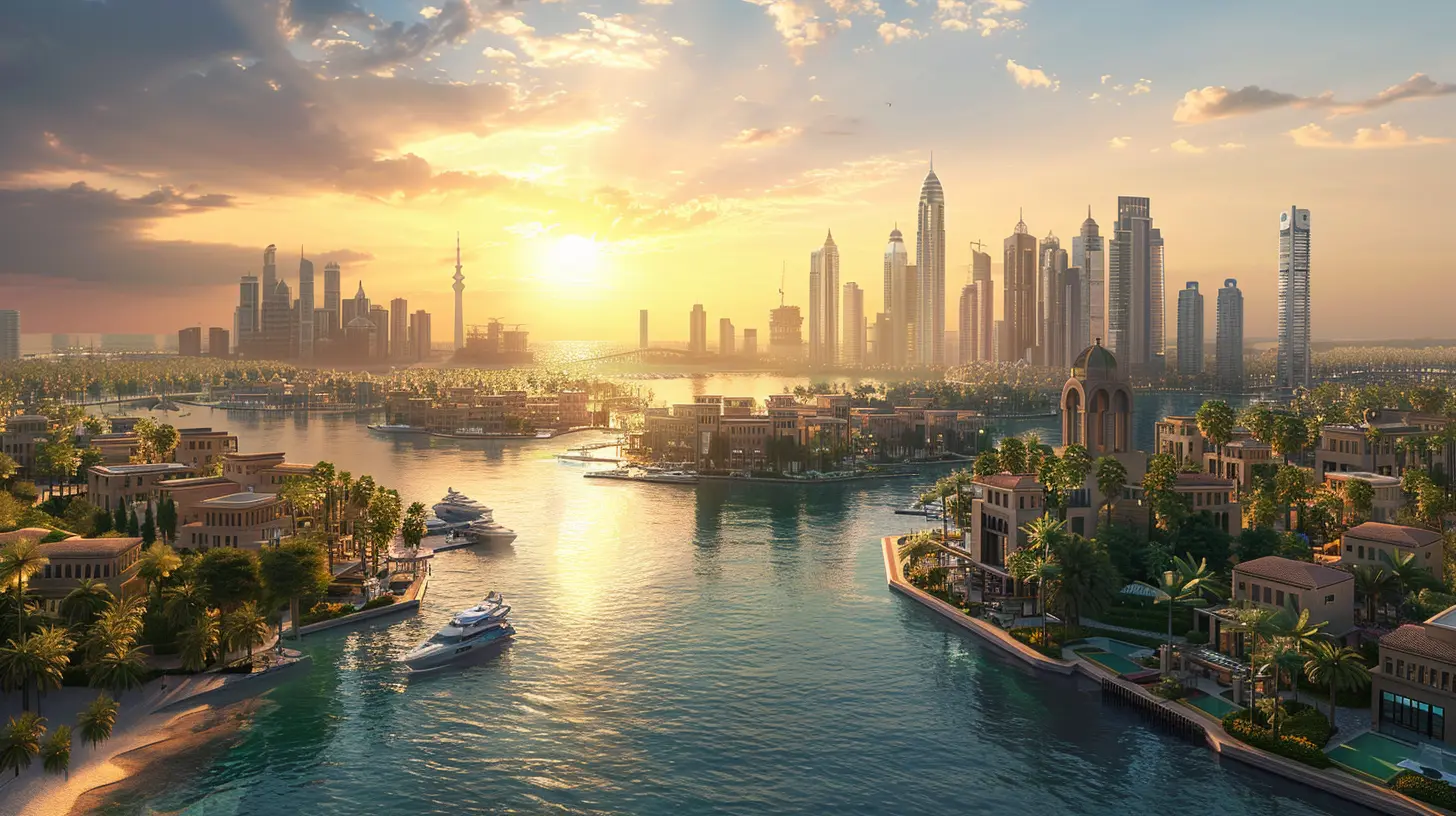
Gentrification: The Double-Edged Sword
Let’s talk about the elephant in the room: gentrification. It’s one of the most controversial outcomes of modern urban planning.Urban renewal projects can revitalize struggling areas, attract investments, and boost real estate values. But they can also displace long-time residents who can’t afford the rising costs.
For real estate investors, gentrification can mean big returns. But it’s crucial to approach it ethically. Partner with communities, offer affordable housing options, and don’t just chase the bottom line. Trust me, socially responsible investing is not only the right thing — it’s good business.
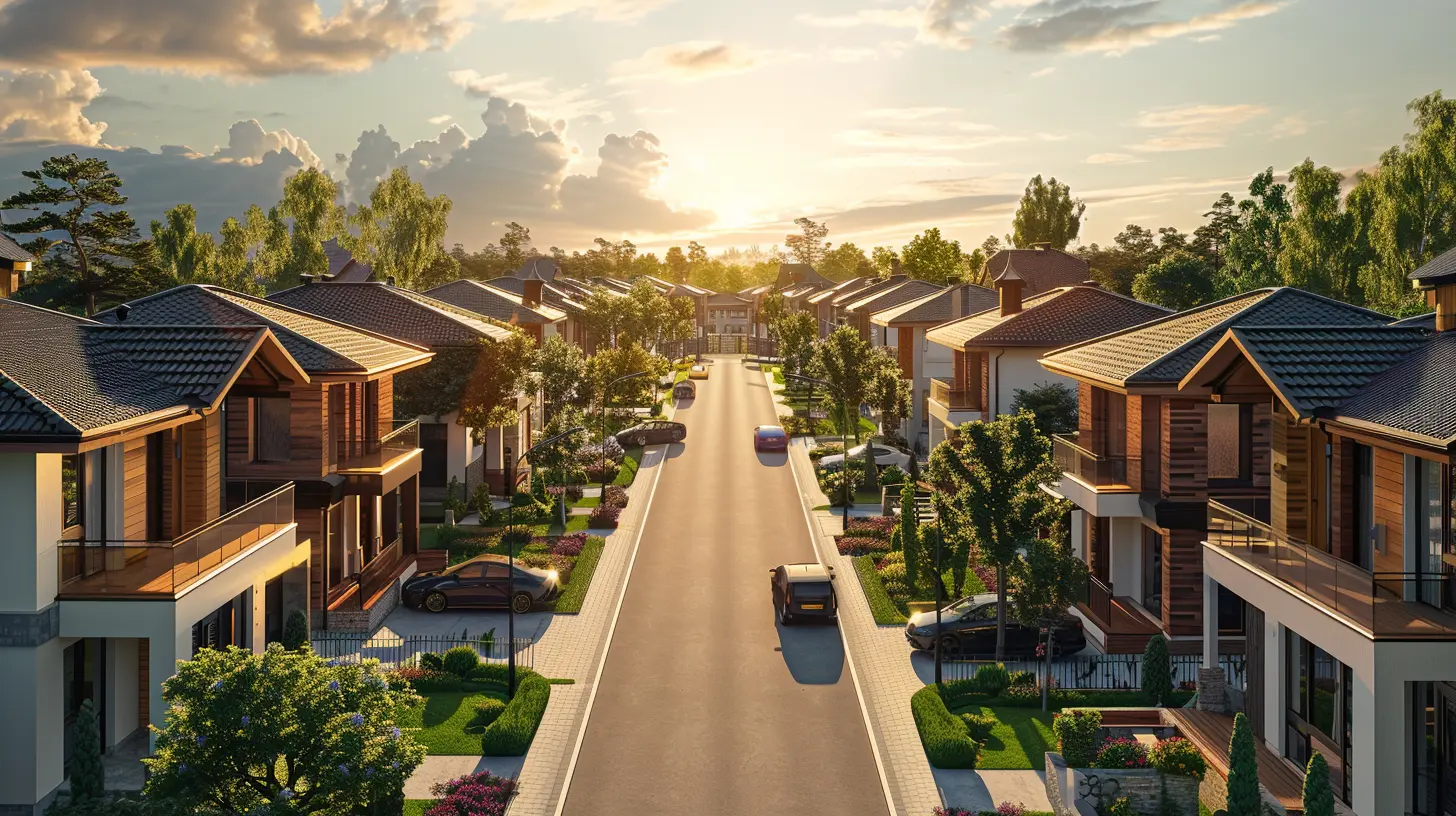
Future Trends: Where Urban Planning is Headed
So, where’s this all going?Cities are evolving — rapidly. Here are some trends in urban planning that are shaping the future of real estate:
1. Mixed-Use Developments
Say goodbye to one-size-fits-all zoning. Mixed-use developments — where residential, commercial, and retail spaces coexist — are trending big time. They bring convenience, walkability, and a community vibe people love.Real estate buzzword alert: "live-work-play" environments. Buyers and renters are craving that lifestyle, and smart developers are delivering.
2. Sustainable and Resilient Urban Design
Climate change is forcing cities to adapt. Urban planners are now focusing on sustainability and resilience — think flood-proof buildings, green rooftops, and energy-efficient systems.For real estate, this means a shift in demand toward properties that are built to withstand environmental challenges while leaving a minimal carbon footprint.
3. Affordable Housing Initiatives
Let’s face it, housing affordability is reaching crisis levels in many cities. Urban planners are under pressure to create affordable options through public-private partnerships, subsidies, and adaptive reuse of old buildings.Expect real estate markets to shift toward developments that include affordable units — and hey, even luxury developers can sprinkle in these options for tax perks and good PR.
4. Decentralization & Satellite Cities
Thanks to remote work, people are fleeing congested urban cores. Urban planners are responding by building up “satellite cities” — smaller, self-sufficient urban hubs surrounding major metros.For savvy investors, these emerging markets offer lower entry points and huge upside potential.
How Can You Stay Ahead?
If you're in real estate and not actively keeping tabs on urban planning policies, you're missing out — big time. Here’s how to stay ahead of the curve:- Follow local planning departments – They often publish long-term growth plans and zoning changes.
- Network with city planners – Attend open house meetings or planning commission gatherings.
- Monitor infrastructure projects – New highways, rail lines, or parks can signal future hot spots.
- Look at demographic data – Planners use this to decide where to expand services — so should you.
- Invest early in transitional areas – Urban planning often signals where the next boom begins.
Final Thoughts
Urban planning is the unsung hero of real estate success. It assembles the very chessboard on which investors, developers, and homeowners make their moves. Every street, park, transit line, and zoning decision creates ripples that shape demand, dictate value, and mold communities.If you’re a real estate professional, investor, or even a curious homeowner looking for your next neighborhood, start paying attention to what city planners are doing. Because where the city’s going — that’s where the money’s going too.
So next time you're scouting out the next “up-and-coming" neighborhood, remember: it’s probably already on an urban planner’s master plan.
all images in this post were generated using AI tools
Category:
Urban LivingAuthor:

Lydia Hodge
Discussion
rate this article
1 comments
Nadine McGarvey
Smart urban planning is key to real estate success.
September 2, 2025 at 3:43 AM

Lydia Hodge
Absolutely! Thoughtful urban planning creates vibrant communities, enhances property value, and drives sustainable growth in real estate.
